Introduction
Do you often experience shoulder and upper back tension? The discomfort and tightness in these areas can be debilitating, affecting your overall well-being.
However, there’s good news – incorporating regular stretches into your routine can help alleviate this tension.
In this article, we will explore the best stretches specifically designed to target shoulder and upper back tension. By incorporating these stretches into your daily routine, you can find relief and improve your overall flexibility and mobility.
Understanding Shoulder and Upper Back Tension
Shoulder and upper back tension is a common issue faced by many individuals due to various factors such as poor posture, stress, and sedentary lifestyles.
The muscles in these areas, including the trapezius, rhomboids, and deltoids, can become tight and strained, leading to discomfort and restricted movement.
Stretching exercises can help release this tension and promote relaxation in these muscles, providing relief from pain and stiffness.
Importance of Stretching
Stretching plays a vital role in maintaining overall physical health and well-being. When it comes to shoulder and upper back tension, stretching can effectively target the affected muscles and release the built-up tension.
Regular stretching not only helps to improve flexibility but also enhances blood circulation and promotes better posture.
By incorporating stretching into your routine, you can reduce the risk of injuries and improve your overall quality of life.
Pre-Stretching Considerations
Before diving into the best stretches for shoulder and upper back tension, it’s important to consider a few pre-stretching factors.
Firstly, make sure to warm up your body with some light cardiovascular activity, such as brisk walking or cycling, to increase blood flow and prepare your muscles for stretching.
Also Read: Tai Chi: The Easy Option to Start Physical Activity
Additionally, remember to breathe deeply and relax your body during each stretch. It’s essential to listen to your body and avoid any excessive or painful stretching.
Top Stretches for Shoulder and Upper Back Tension
Shoulder Rolls
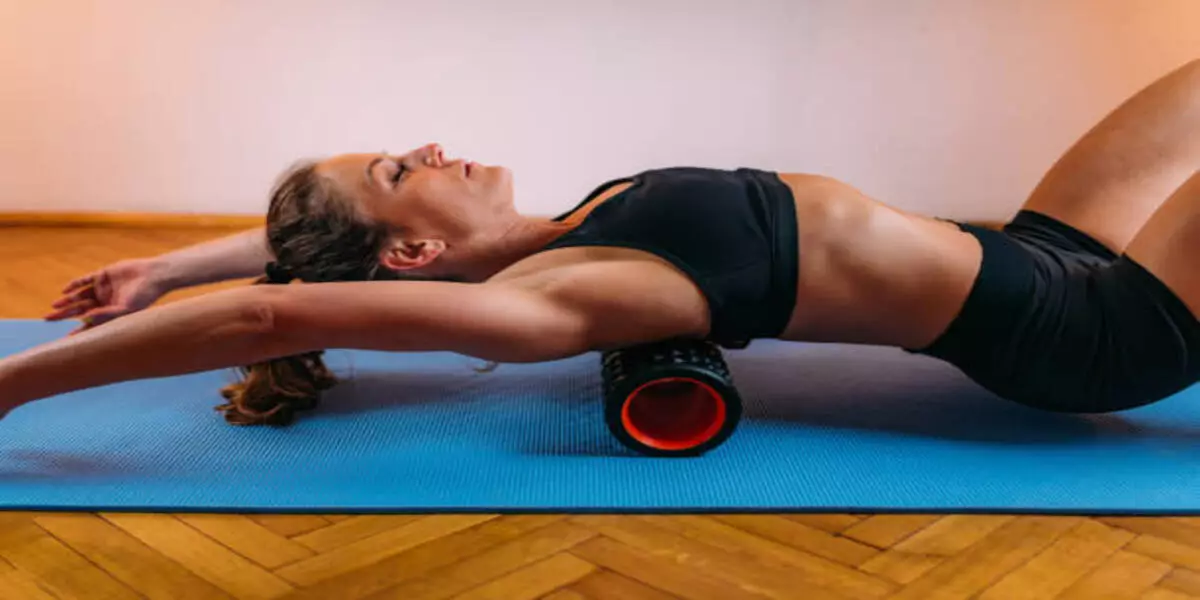
Begin by standing tall with your feet hip-width apart. Roll your shoulders backward in a circular motion, starting from your ears and moving them down and back. Repeat this movement 10 times and then reverse the direction.
Neck Release
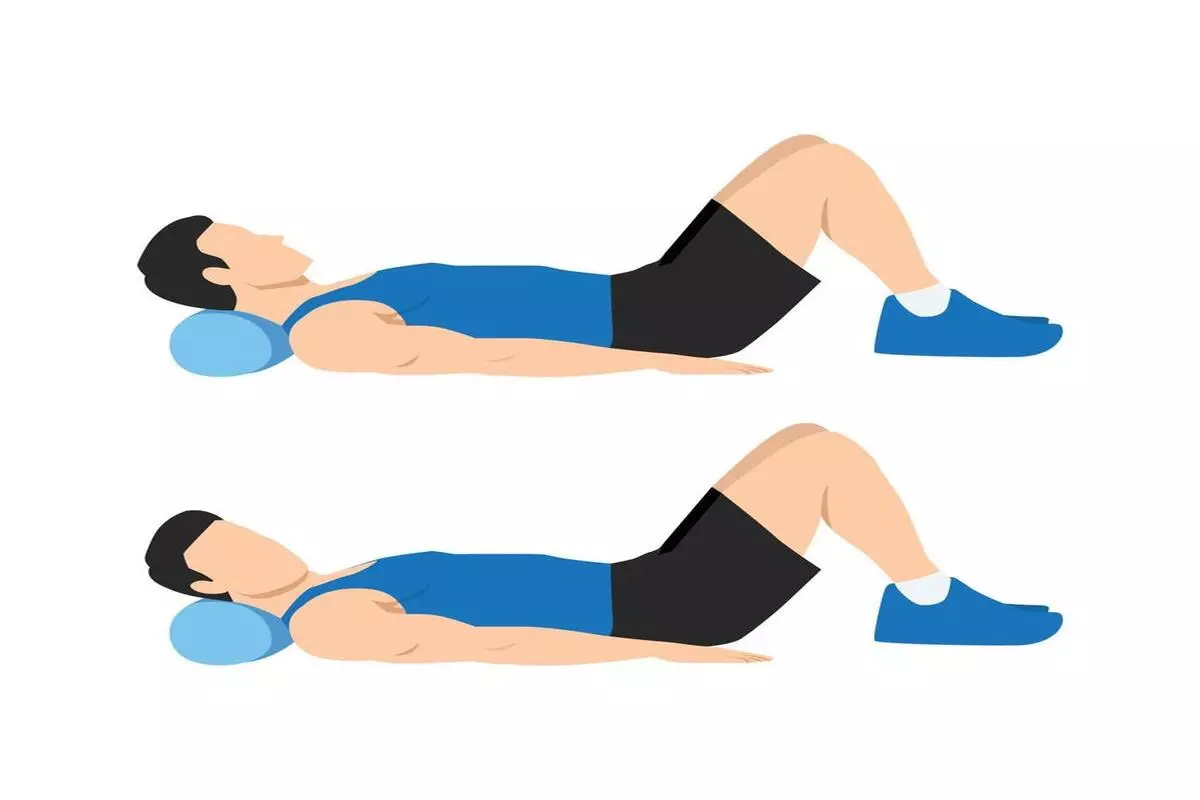
Sit or stand with a straight back and gently tilt your head towards your left shoulder, feeling a stretch along the right side of your neck. Hold this position for 15 seconds and repeat on the other side.
Upper Trapezius Stretch
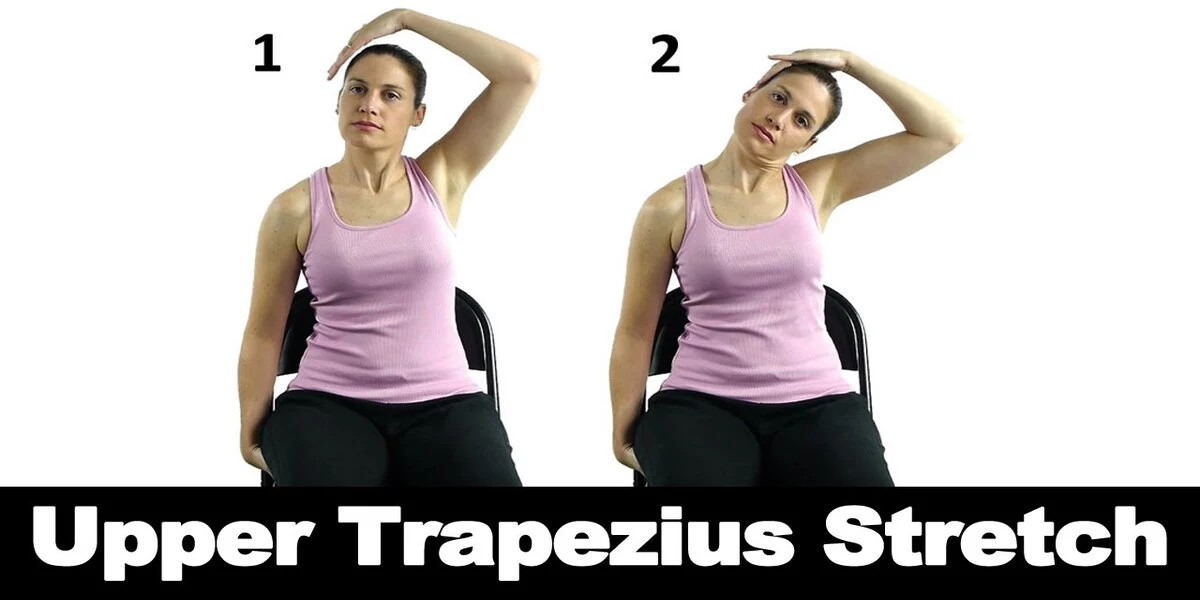
Sit on a chair and grasp the bottom of the chair with your left hand. Lean your head towards the right while gently pulling your left shoulder downwards. Hold for 15-30 seconds and repeat on the other side.
Chest Opener
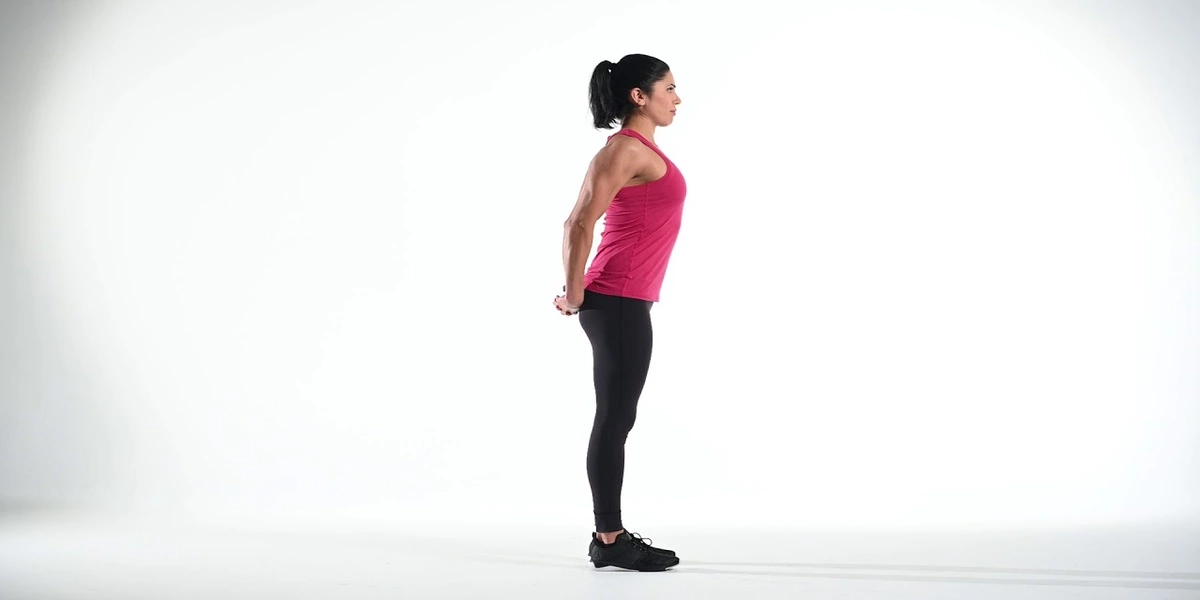
Stand tall with your feet hip-width apart and interlace your fingers behind your back. Keeping your arms straight, lift them away from your body until you feel a stretch in your chest and shoulders. Hold for 15-30 seconds.
Eagle Arms

Bring your arms straight forward and cross your right arm over your left arm at the elbows. Bend your elbows and bring your palms together, if possible.
Lift your elbows while keeping your shoulders relaxed. Hold for 15-30 seconds and switch sides.
Cat-Cow Stretch
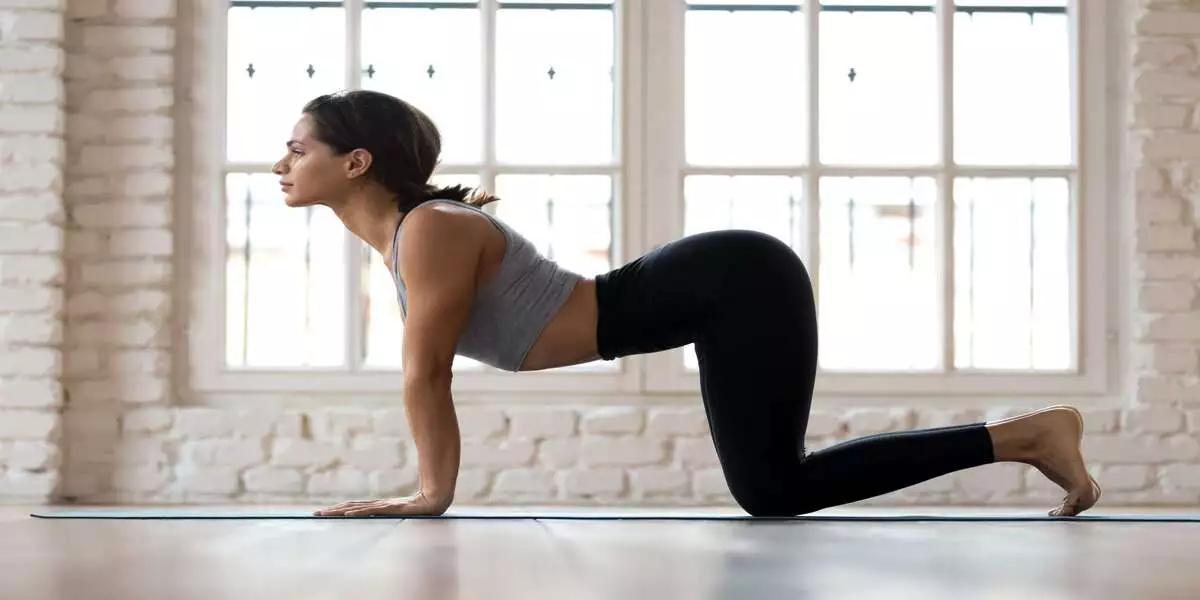
Start on all fours with your hands directly under your shoulders and your knees under your hips. Arch your back upwards, dropping your head down for the cat stretch, and then gently lift your head and let your belly drop towards the floor for the cow stretch. Repeat this sequence 5-10 times.
Child’s Pose

Begin on your hands and knees, then sit back on your heels while keeping your arms extended forward. Lower your chest towards the floor and rest your forehead on the ground. Hold for 30 seconds to 1 minute, focusing on deep breathing.
Thread the Needle
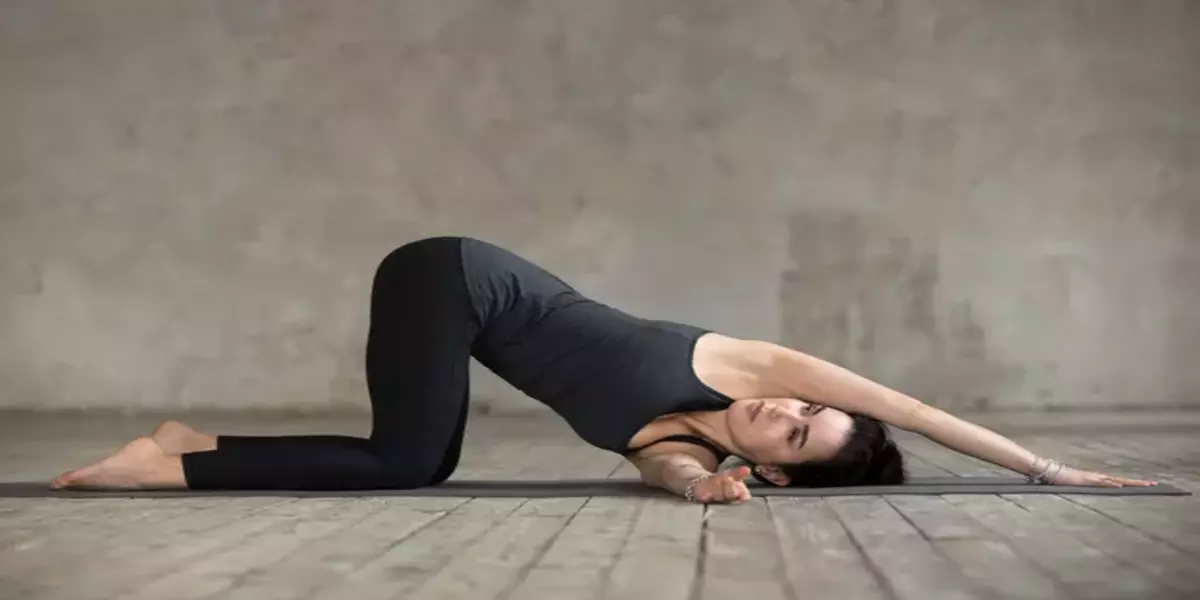
Start in a tabletop position with your hands and knees on the floor. Reach your right arm underneath your left arm, placing your right shoulder and temple on the floor. Extend your left arm forward and hold for 15-30 seconds. Repeat on the other side.
Doorway Stretch
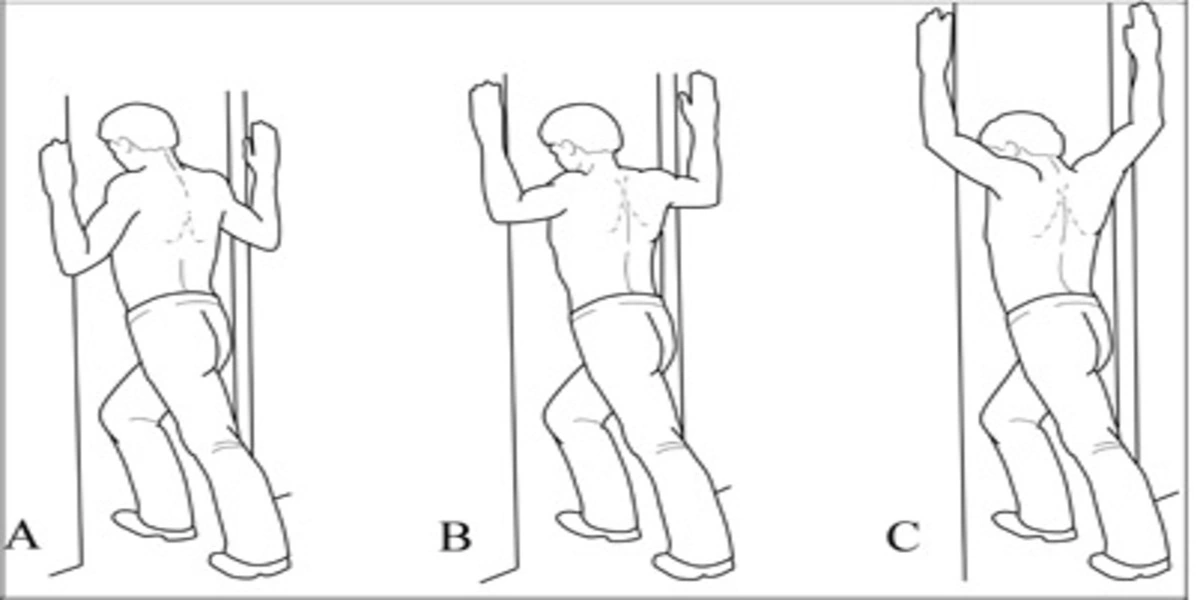
Stand in a doorway with your arms bent at 90-degree angles, resting your forearms against the door frame. Take a step forward, allowing the door frame to stretch your chest and shoulders. Hold for 15-30 seconds.
Cow Face Arms
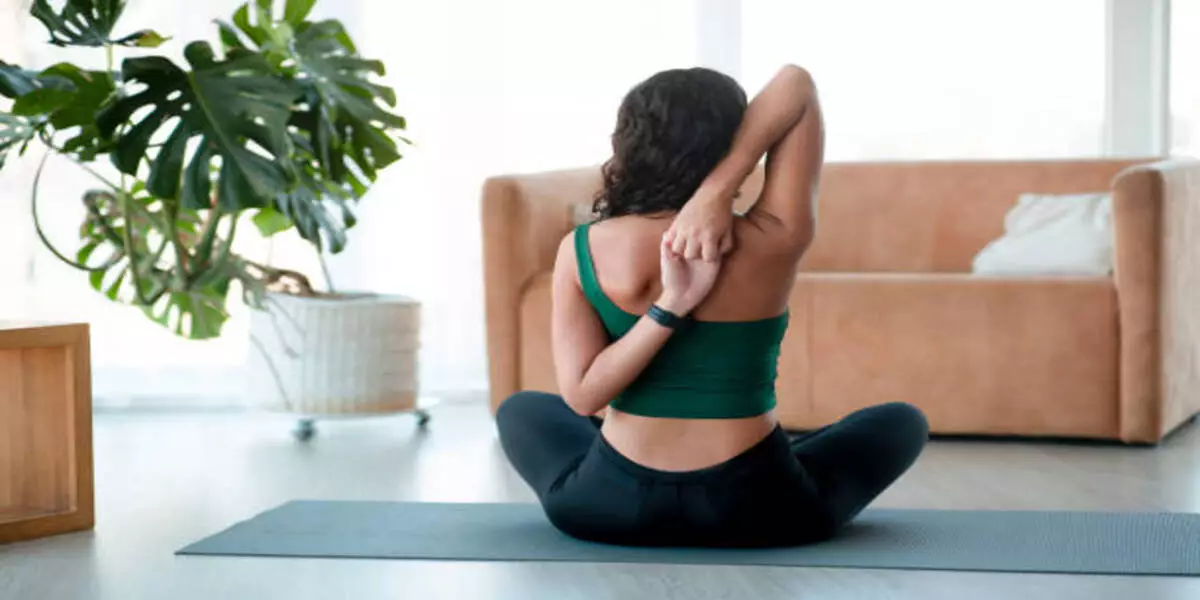
Extend your right arm straight up, then bend it at the elbow and let your right hand fall behind your head. Reach your left arm behind your back, bending it at the elbow, and try to clasp your hands. Hold for 15-30 seconds and switch sides.
Tips for Effective Stretching
To make the most out of your stretching routine, keep the following tips in mind:
- Perform stretches in a pain-free range of motion.
- Focus on your breathing and relax your body.
- Hold each stretch for 15-30 seconds.
- Stretch both sides of your body equally.
- Incorporate stretching into your daily routine.
- Consult with a healthcare professional if you have any underlying conditions or injuries.
Conclusion
Shoulder and upper back tension can significantly impact your daily life, but incorporating the right stretches into your routine can provide much-needed relief.
By regularly practicing these stretches, you can release the tension in your muscles, improve flexibility, and promote better posture.
Remember to listen to your body, be consistent with your stretching routine, and enjoy the benefits of a relaxed and tension-free upper body.
FAQs
- How long should I hold each stretch?
- It is recommended to hold each stretch for 15-30 seconds to allow your muscles to relax and lengthen effectively.
- Can stretching help with shoulder and upper back pain?
- Yes, stretching can help alleviate shoulder and upper back pain by releasing tension in the affected muscles and promoting better circulation.
- Is it necessary to warm up before stretching?
- Yes, it is essential to warm up your body with some light cardiovascular activity before stretching to increase blood flow and prepare your muscles.
- How often should I perform these stretches?
- For optimal results, aim to perform these stretches at least three times a week. However, listen to your body and adjust the frequency according to your comfort level.
- Are there any precautions I should take while stretching?
- While stretching, it’s important to avoid any excessive or painful stretching. If you have any underlying medical conditions or injuries, consult with a healthcare professional before starting a stretching routine.



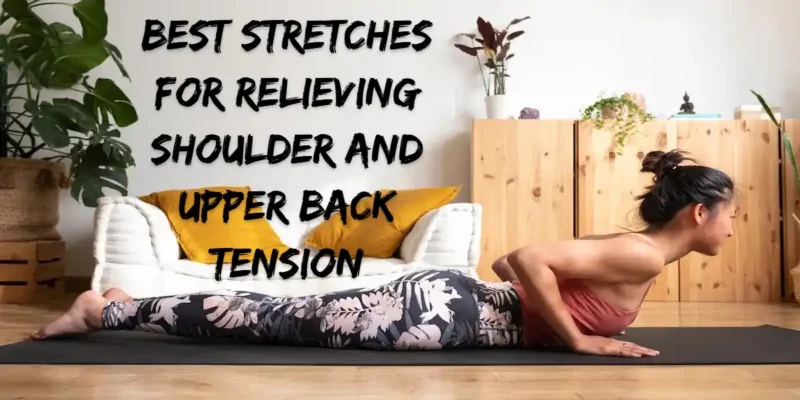


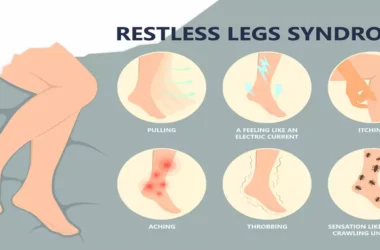
I m practicing some excercises from taichi zitong and l feel much better. My skin also looks younger